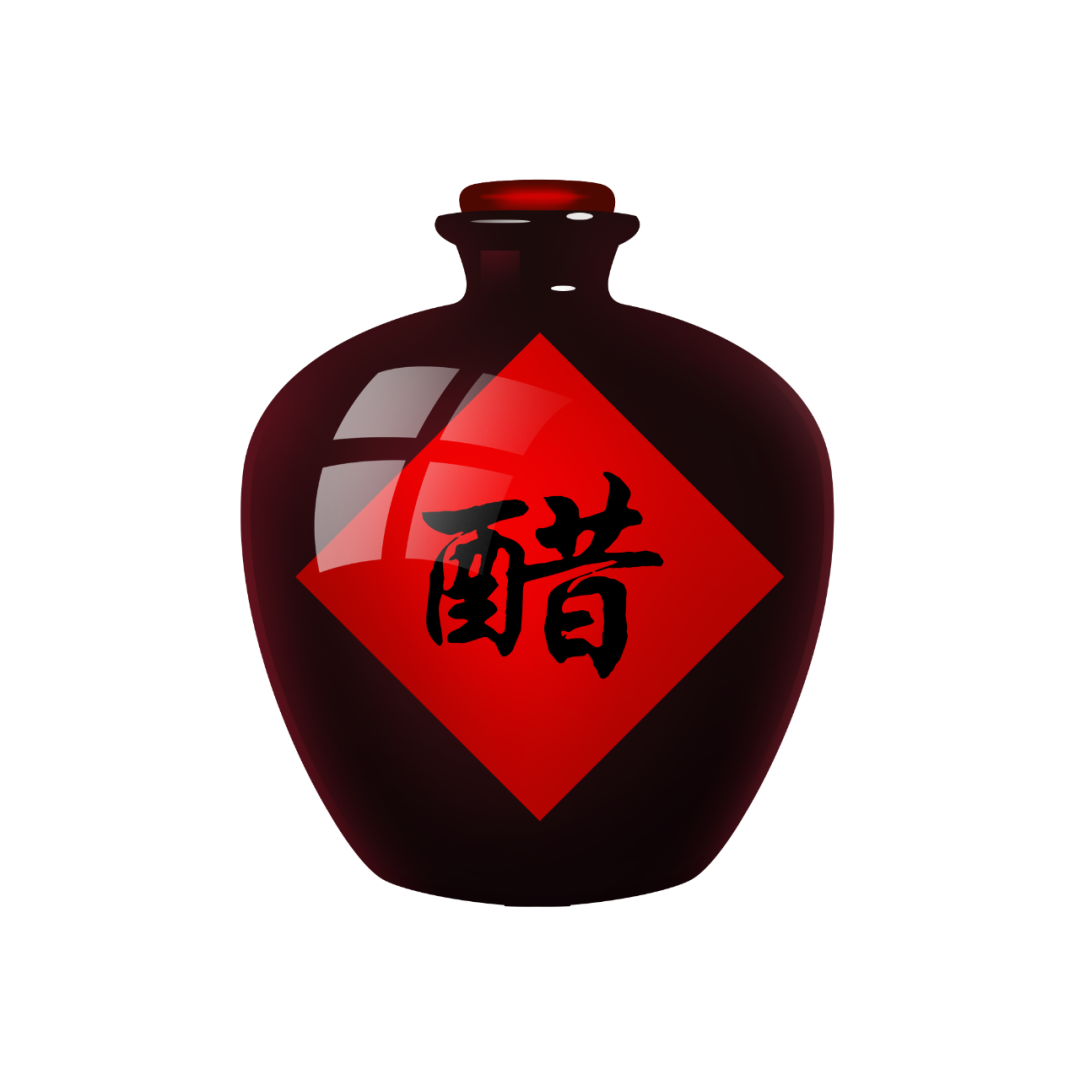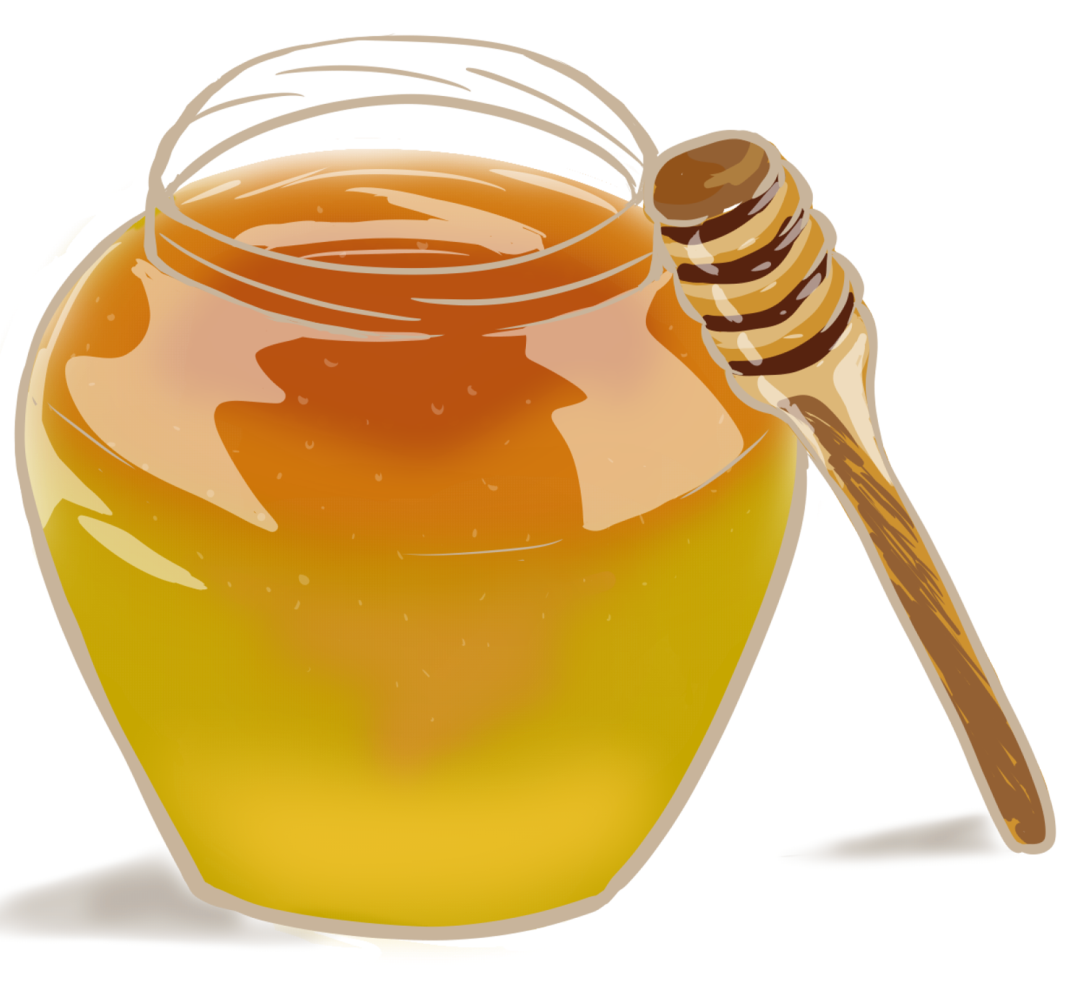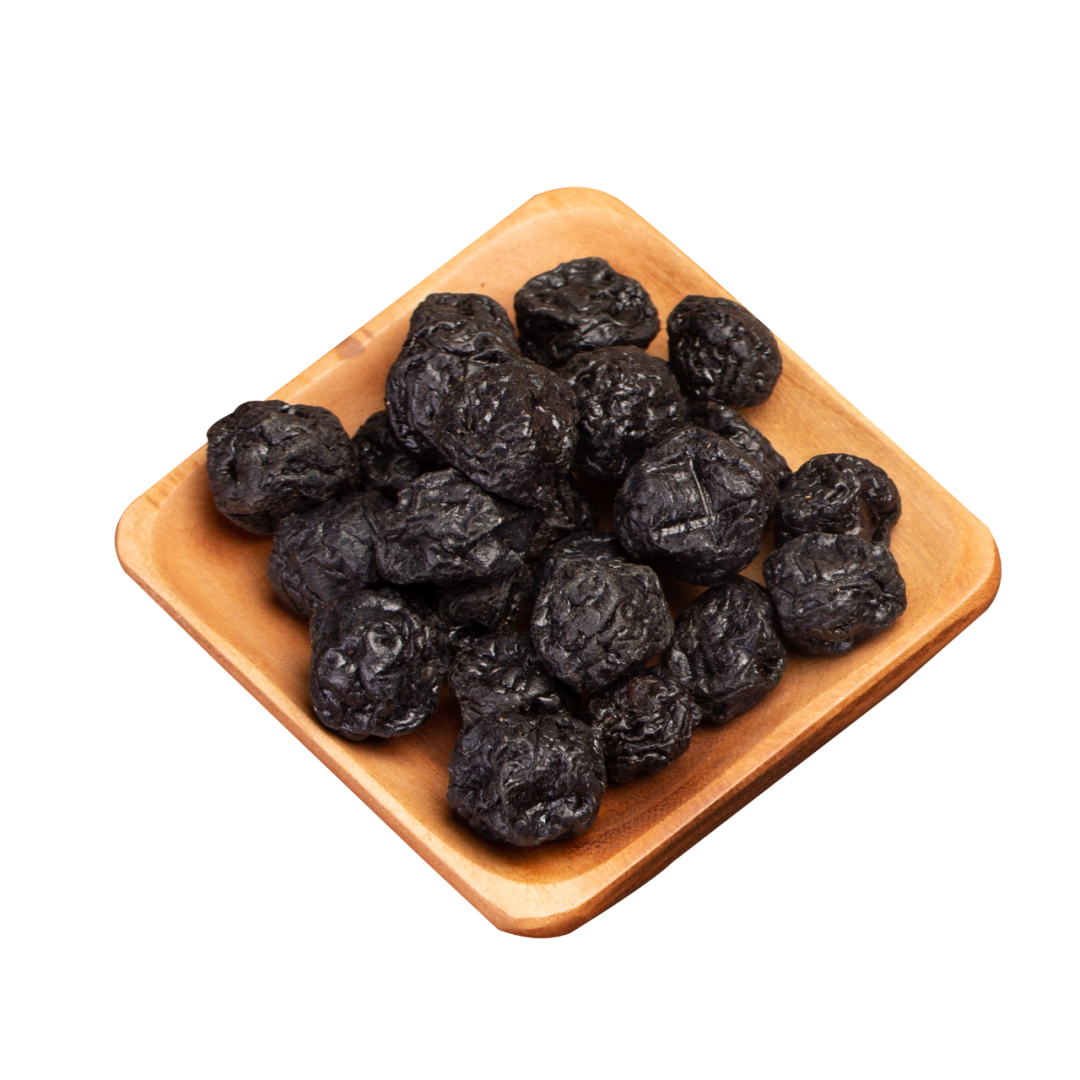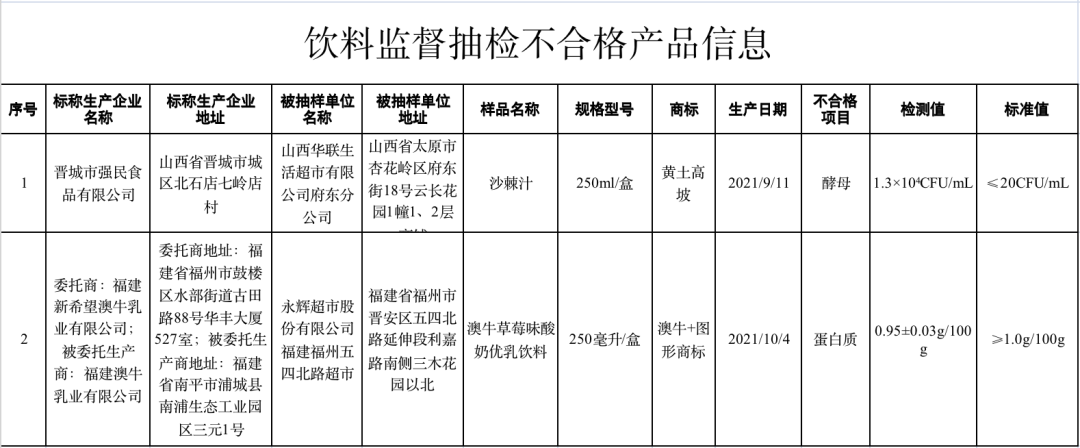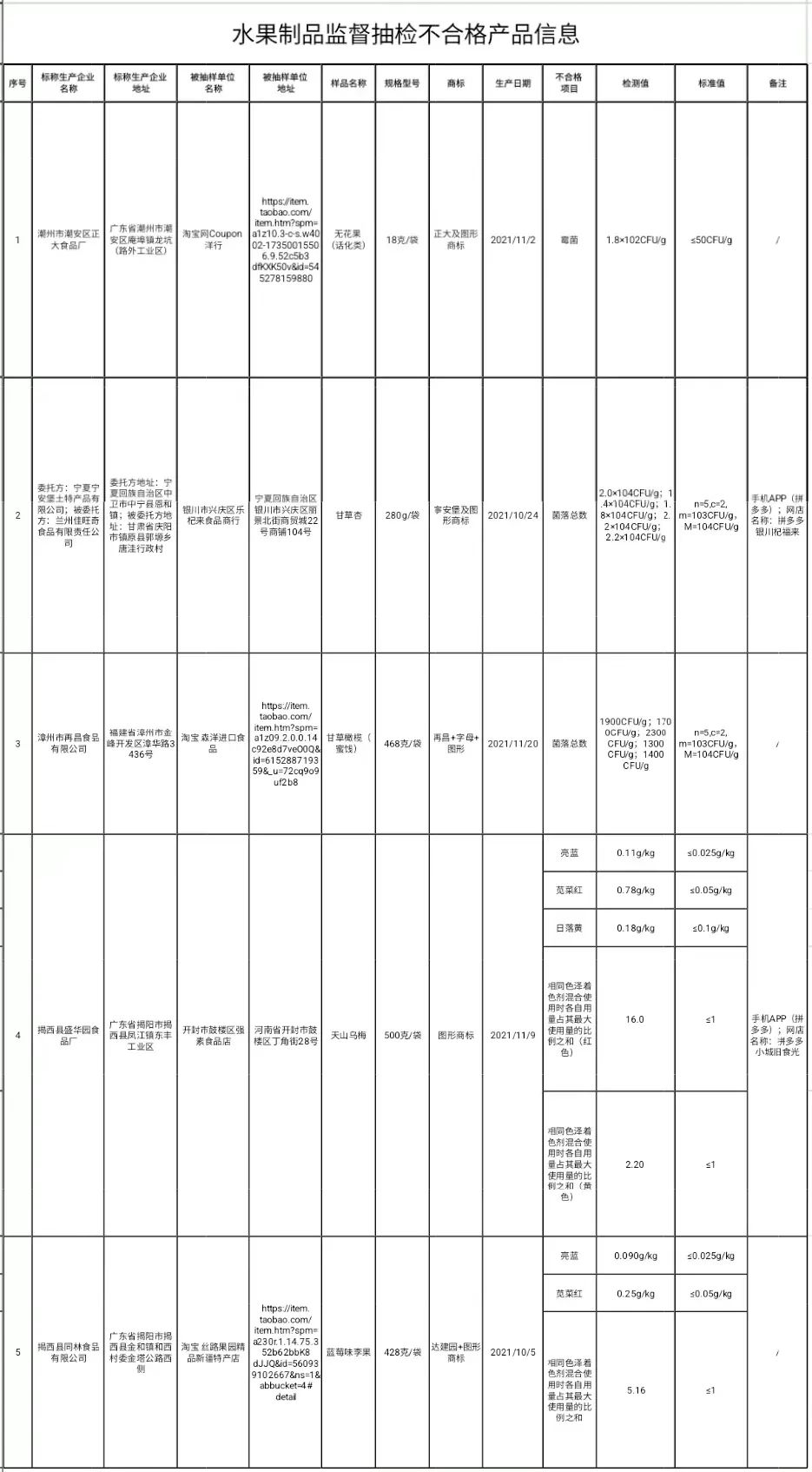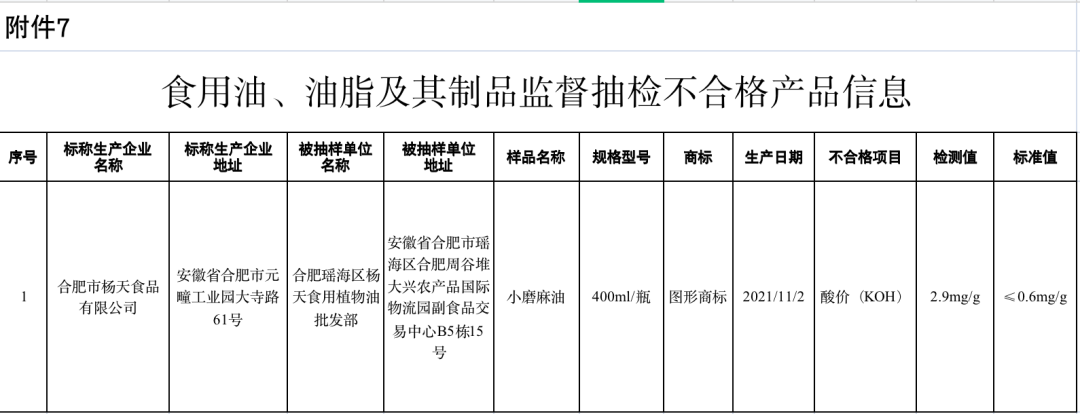20,000 people voted with their feet to ask about the new M7.
On September 25th, at the new product launch conference of Huawei’s autumn scene, even though the audience’s enthusiasm was hard to resist, Yu Chengdong, Huawei’s managing director, terminal BG CEO and chairman of smart car solution BU, said it only three times, and that sentence has become a catchword slogan — — Far ahead.
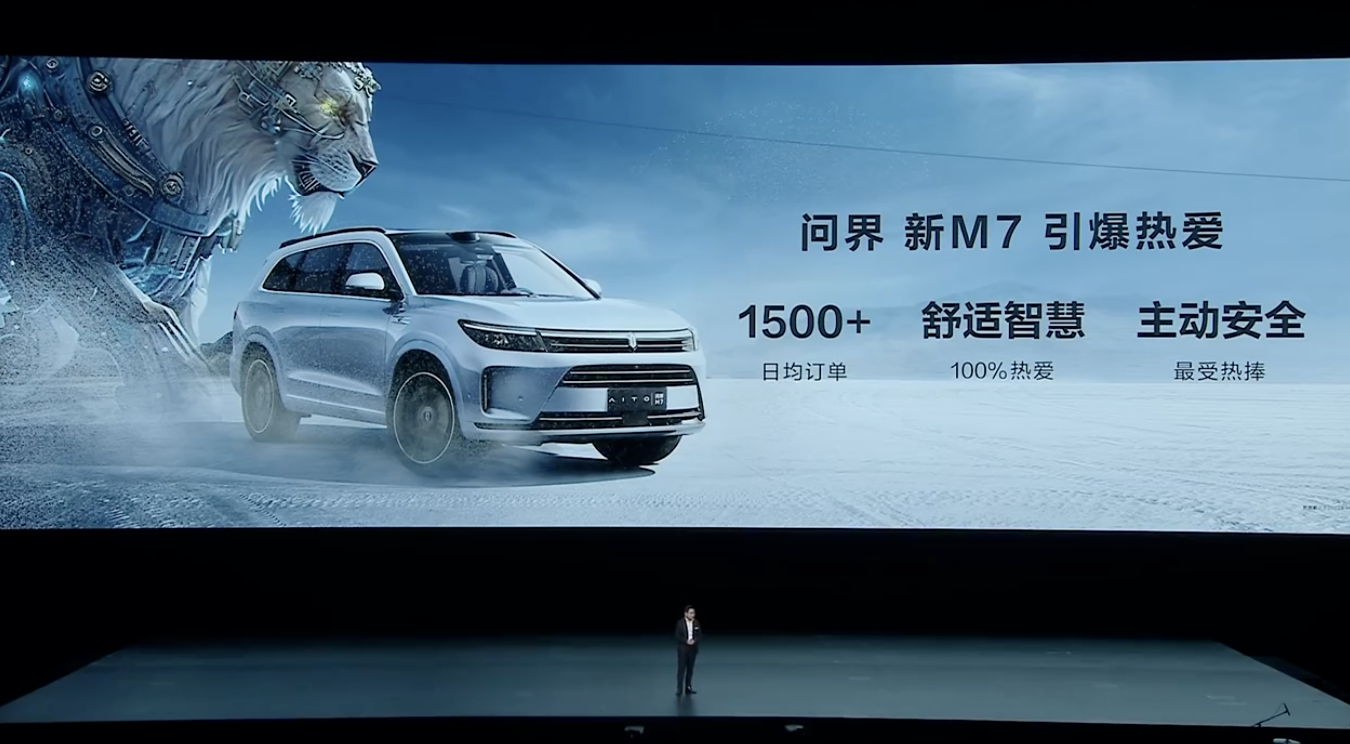
Yu Chengdong revealed at the press conference that the hot sale of the new M7 in the world is a foregone conclusion | Huawei
Two of the places were allocated to Huawei’s models in the world and the intellectual world. However, Yu Chengdong sold a pass, and the "better than Tesla Model S" intellectual S7 and the "best car on the road" intellectual M9 will all meet with you in the fourth quarter.
If you look closely at the conference, you will find that, in fact, the biggest highlight of Huawei’s new energy vehicle at the conference was the upgraded M5 and the new M7.
It seems to be infected by the hot sale of Mate60 series mobile phones. After the upgraded M7 opened the reservation, the average daily large order has exceeded 1,500, and the weekend has exceeded 2,000. If we follow this speed, the customer M7 may become the sales champion in the new force of car-making.
What has changed to make the sales of the new M7 in the world grow so rapidly?
In what ways does Yu Chengdong’s heavy investment of "500 million yuan" make the new M7 the "ceiling" of new energy vehicles??
After the emergence of smart cars, the relationship between manufacturers and consumers has changed subtly.
In the traditional automobile era, the relationship between the two parties is almost one-way, and manufacturers can provide consumers with finished goods that match the product price. In the intelligent age, to some extent, manufacturers also hope that consumers can make limited payments in advance for some "future tense" services — — Intelligent driving function is a typical representative.
This kind of "prepayment" is mainly reflected in two directions: first, because the vehicle is equipped with the necessary hardware to realize intelligent driving, such as lidar, high-definition camera, chip, etc., the cost of the previous vehicle is increased; Secondly, the "map-less" intelligent driving technology route, which is widely used today, also needs a lot of data to train the model in the early stage, in which the simulation part can be carried out in the data center, while the real road data is partly completed by the "co-creation" between the manufacturer and the owner.
So from the consumer’s point of view, the core of whether or not to "pay in advance" lies in:Can the money I "spend more" on buying a car really be converted into an available and reliable intelligent driving service in the near future??
In fact, before the last two years, it was only the wish of a few people to buy high-quality intelligent driving hardware when choosing a car. Such consumers are either in first-tier cities and can quickly see the hope of smart driving in the field of urban commuting, or technology enthusiasts who pursue geek style and regard smart cars as a display of their own tastes and accents.
And the reasonConsumers in first-tier cities are more likely to experience smart driving services, largely because they used to rely on smart driving solutions with high-precision maps.. The advantages of this scheme are that it can reduce the difficulty of the algorithm and provide security redundancy; But the disadvantage is that the acquisition cost is extremely high, and the update frequency often can’t keep up with the actual road changes.
Therefore, this kind of solution, not to mention being rolled out nationwide, is difficult to run completely even in a single city. Yu Chengdong previously said in public that Huawei has invested in Shanghai for 1-2 years, and has not collected all the high-precision maps of the city.
Until the last two years, the "no-map" solution based on BEV(Bird Eye View) perception model appeared, which made more people see the hope of intelligent driving — — BEV model no longer relies on high-precision maps, but relies on cameras and sensors of the car body to collect information about roads and traffic participants around the vehicle, and relies on computer judgment to provide driving plans.
From graph to graph, it is just a simple route switch from technical logic; However, from a commercial point of view, it is a test of decision-making and courage for players such as Huawei and Tucki, who are in the first echelon in the field of intelligent driving in China and have invested heavily in the field of high-precision maps in the early stage.
In addition,In the competitive narrative of various manufacturers about the intelligent driving without map, "the battle of Kaesong" has also become an important consideration.. With the end of this year as the time node, each family listed various goals. Tucki is 50 cities, and the ideal goal is to realize the commuting mode in 100 cities.
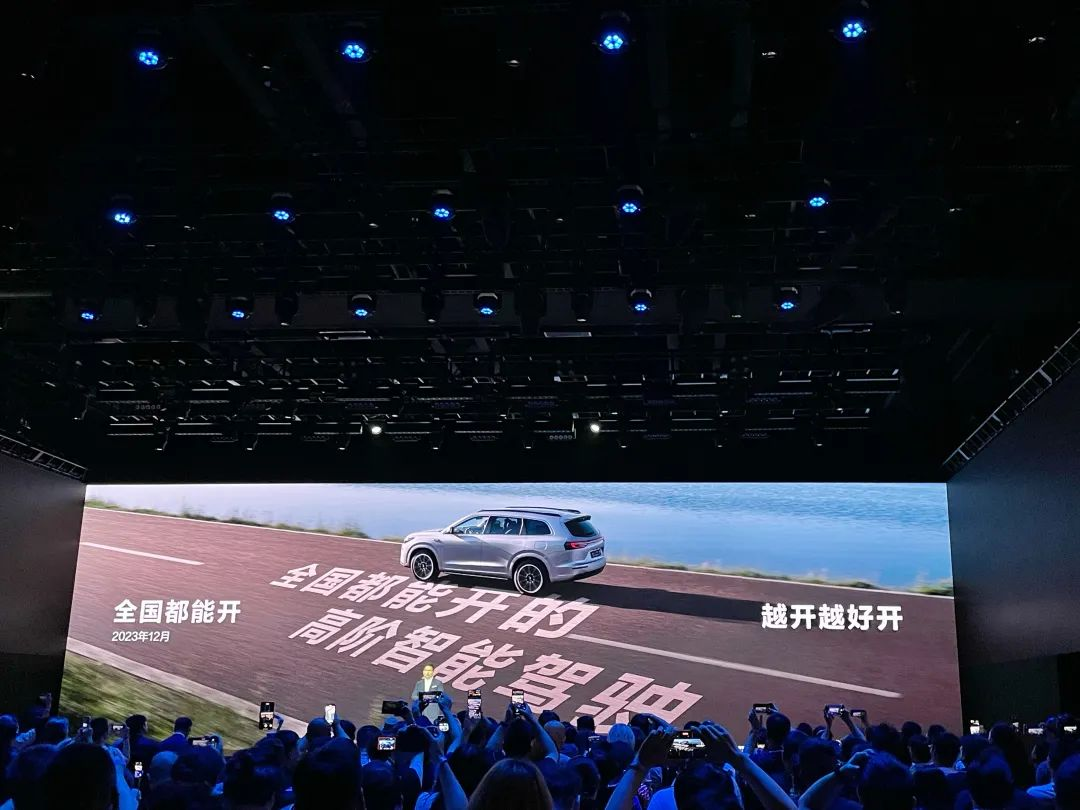
On September 12th, at the new M7 conference, Yu Chengdong promised that Huawei’s advanced intelligent driving would be promoted to the national geek park by the end of the year.
On September 12th, at the press conference of the new M7, Yu Chengdong changed the pace of opening a city from a figurative figure to a technical promise that it could be opened all over the country. It is worth mentioning that he added "The more you drive, the better you drive".
One of the important changes is that,Huawei has improved the intelligence of fusion perception through the upgraded GOD2.0 network., thus making smart driving more efficient. For example, under the traditional perception model, the green shoots above the southern summer roads may be judged as traffic participants, thus allowing cars to slow down. Under the existing technical conditions, the system can identify richer semantics and judge whether the objects around the vehicle need to slow down, avoid or overtake, thus improving the driving efficiency and safety.
At the press conference on September 12th, the introduction of the new model M7 was actually included in the whole "safety" framework. It can also be seen that for the brand-new consumer product "smart electric vehicle", the world actually has a clear priority judgment: "intelligence" and "electrification" are modifiers and bonus items after all, and the main core of the product is still "car".Both intellectualization and electrification should serve the core "safety" of automobile products.
Security is embodied in two major levels: passive and active.
In fact, "passive safety" means being able to withstand a collision, the car can’t deform and the battery can’t catch fire. On the new M7, the proportion of high-strength steel and aluminum alloy in the whole vehicle is as high as 80.6%. Advanced CBS(Composite Body Solutions) composite materials are introduced into the A and B pillars, which improves the strength of the car body. In addition, the battery part also adopts five-layer battery cover, triple thermal shock and explosion-proof technology to ensure the safety of the battery.

The differentiation of security competition is now more involved in the field of "active security", that is,Intelligent can help the driver to see, see far and stop..
Assisted driving is the foundation. LCC lane cruise assistance can alleviate driving fatigue during the cruise phase and judge the behaviors of various traffic participants on the road more accurately. Not only does it have strong traffic capacity at intersections and large curvature curves, but the new M7 also performs well in obstacle avoidance and short-distance cutin treatment.
In the urban elevated scene, the success rate of inward and outward remittance of the new border M7 exceeded 99%, and the average manual takeover mileage increased from 114km in April to 200km. Moreover, when exporting and importing, you can also judge the overtaking of vehicles on the right side and the coming of vehicles on the left rear, which can provide a strong safety blessing for relieving driving fatigue and providing safety assistance when merging.
The greater highlight is that the new M7 can achieve omni-directional active safety. At the driving speed of 90km/h, the forward stable braking can be realized. This is undoubtedly a very useful safety blessing in the scene of expressway or urban expressway. At the same time, it is equipped with active safety technology in the lateral and backward direction, which can identify children or small animals next to the vehicle even in a dark environment (such as a parking lot), and can protect both passengers in the vehicle and other traffic participants.
Finally, once again, back to the consumer’s point of view: when buying a car, what factors will affect the consumption decision?
The first is product positioning and basic configuration..
The five-seater model of the new M7 is aimed at single-child or childless families, and the interior configuration of the car focuses on the process experience brought by HarmonyOS car machine system.
In fact, the new domestic forces that have been rolled up in recent years have basically rolled up the bonus items of past interiors such as "sofa color TV refrigerator" into standard.
Each family has its own advantages. In Yu Chengdong’s words,Relying on the HarmonyOS system, the car in the world has reached the same fluency as Huawei Mate 60 Pro mobile phone.. With a touch, Huawei’s mobile phone can interact with the central control panel in the front row, and the MagLink Huawei car smart screen system in the back row allows Huawei’s flat panel to join the whole vehicle ecology, which can be linked with intelligent hardware such as the central control panel in the front row and Huawei headphones and glasses, thus truly adding the new M7 in the world to the ecology of "Huawei Family Bucket".
After determining the product positioning, it is time to compete for the price.. Especially in 2023, when the "price war" between car companies is fierce, consumers will have to compare prices more carefully. The new M7 has reduced the starting price of the big five smart SUVs to less than 250,000 yuan, and combined with various car purchase rights,The predetermined price can actually be lowered to about 230,000 yuan.In the price-sensitive range of 200,000-300,000, it can really show great attraction.
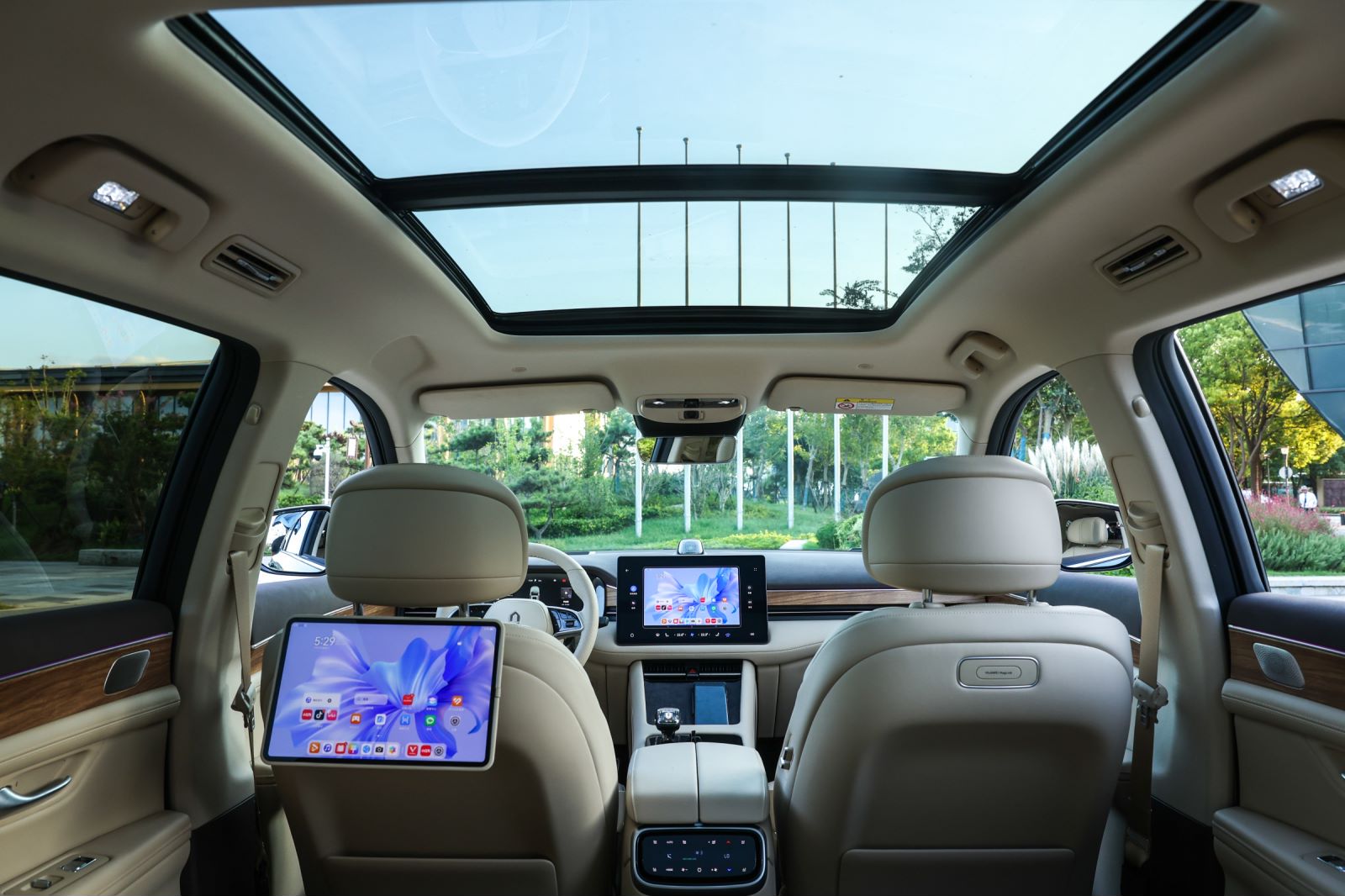
Huawei asks the new M7 to become a member of HarmonyOS Family Bucket | Huawei
After comparing the prices, we finally reached the stage of choosing the configuration. In the two weeks since the new model M7 was sold, we observed two interesting points:
First, according to the market feedback provided by the industry,About 52% of the order users chose the advanced intelligent driving version.. As mentioned above, a considerable number of consumers in the past will not pay for smart driving hardware in advance, and this market feedback undoubtedly exceeds the expectations of many people in the industry. It is worth mentioning that the intelligent driving version of the newly asked M7 is 60,000 yuan cheaper than the direct competing ideal L7. It is no wonder that Li Xiang has always stressed that Huawei is his most feared opponent.
Second, at the software level, Huawei’s blessing has also brought trust to the brand to the owners of the industry. In fact, Huawei’s goal of opening a city in the first half of the year was 45 cities by the end of the year.But in less than half a year, the latest progress of "all countries can open" was announced.Exhibition. After all, the automobile is a long-term consumer product. Only when they have enough confidence in the software ecology of the manufacturer, consumers will be willing to choose a high-profile hardware version in one step.
According to the sales data, since the press conference on September 12th, the new model M7 has accumulated more than 20,000 large-scale (non-refundable) orders, which is the trust that consumers give to the industry by voting with their feet.
On September 25th, at the new product launch conference of Huawei’s autumn scene, Yu Chengdong finally announced that there will be two brand-new models on the market in the fourth quarter. Huawei’s automobile business is gradually stepping on the accelerator pedal deeper and deeper. Whether it is the intellectual world or the future intellectual world, it can be seen that this big player is ready to speed up.

